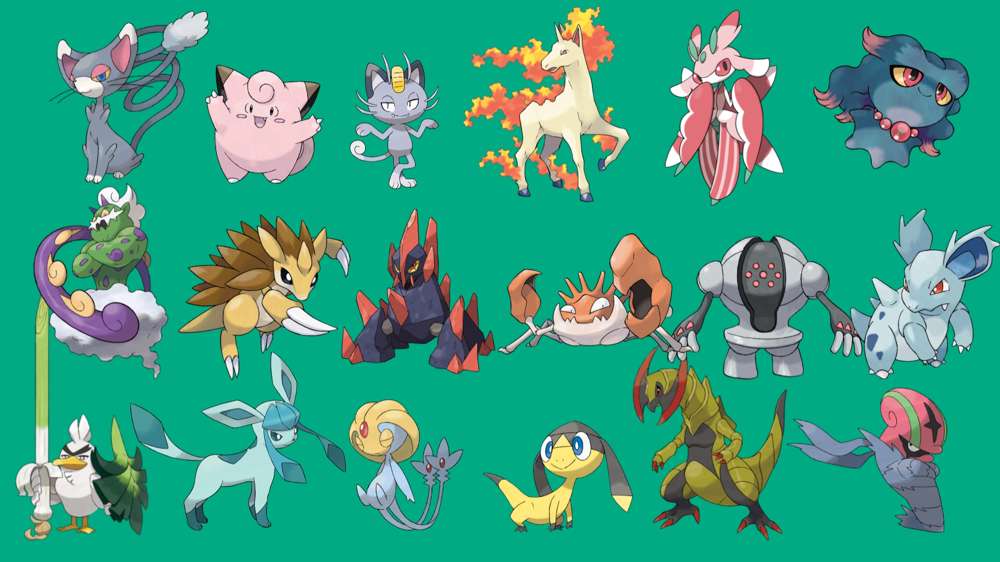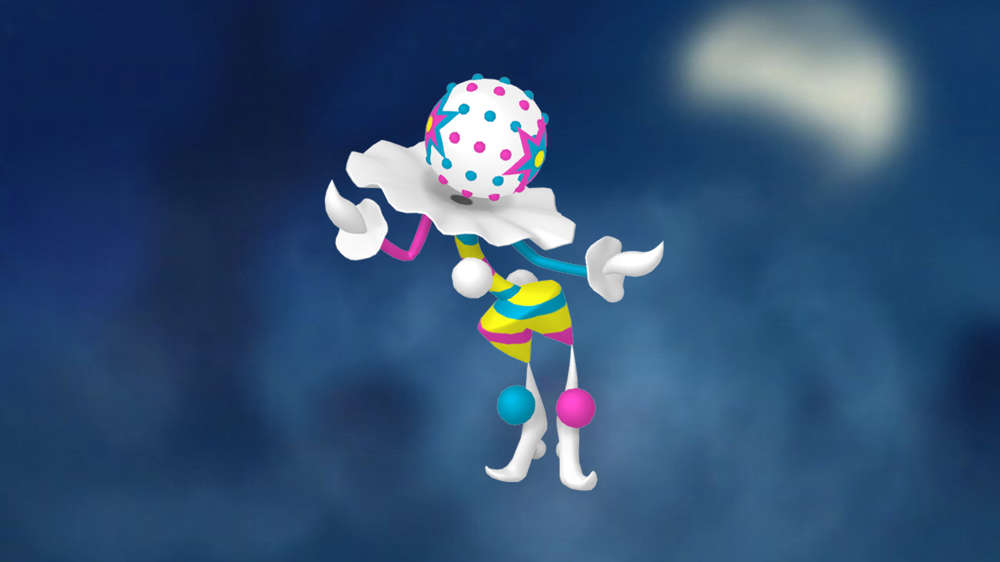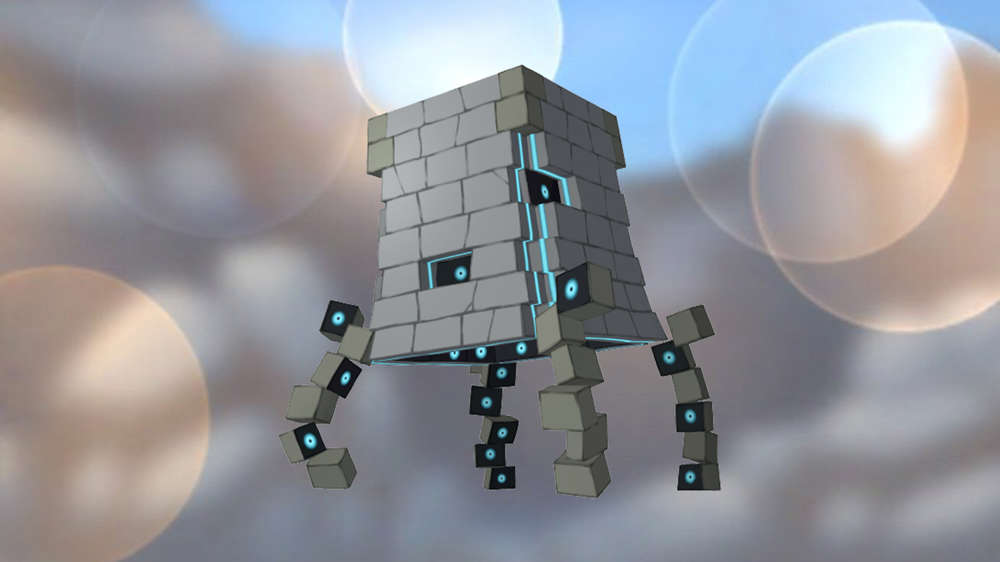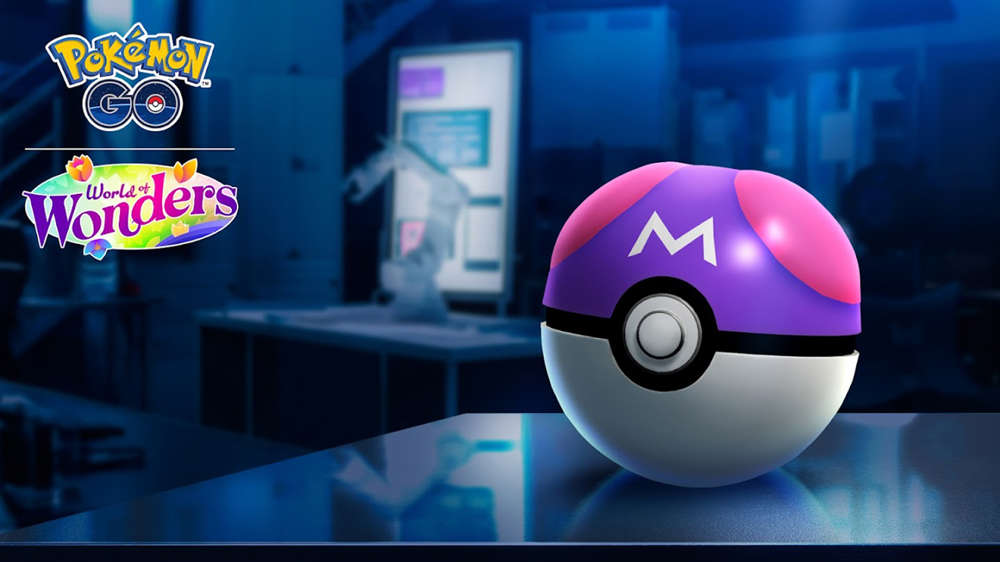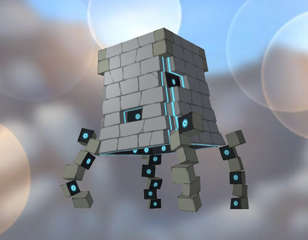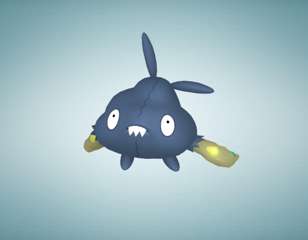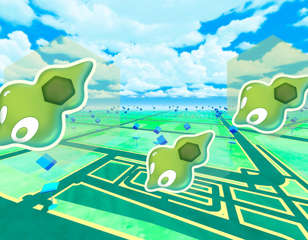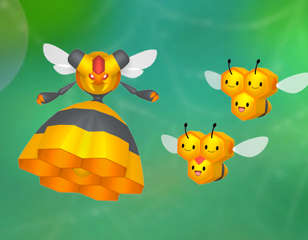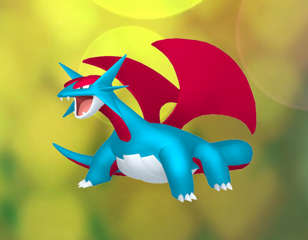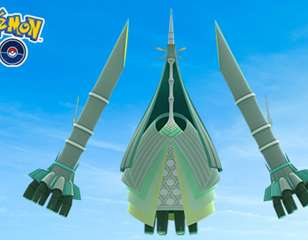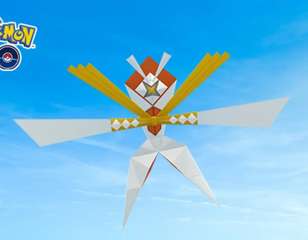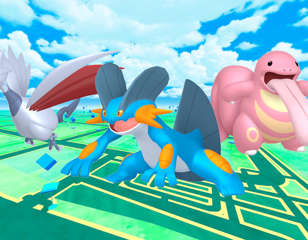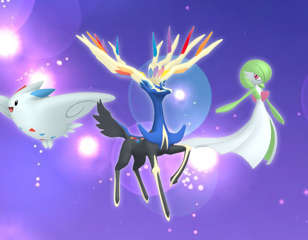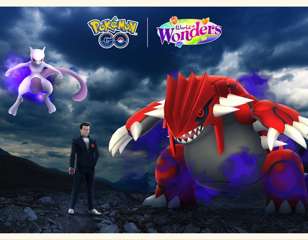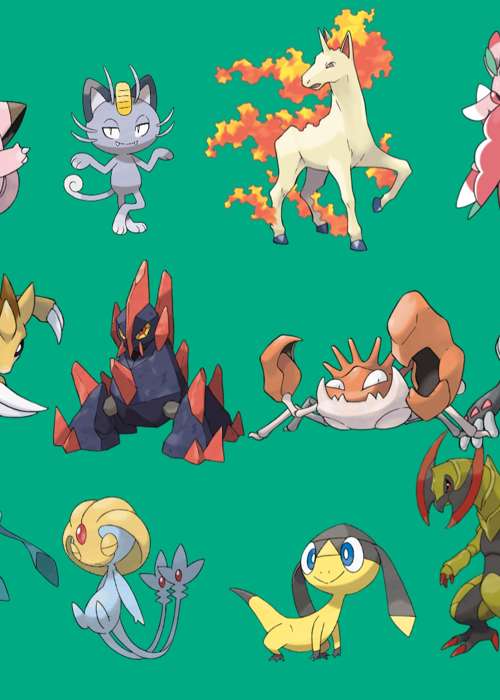
Pokemon type chart of all strengths, weaknesses for Scarlet & Violet, Pokemon GO
Want to understand the Pokemon type matchups and the strengths and weaknesses of each type? Make sure to keep reading this guide as we explain it all.
There are a fair few Pokemon types, making it a challenge to keep track of the different strengths and weaknesses, regardless of whether you're a new or returning Trainer hopping into Scarlet and Violet or Pokemon GO.
There have been plenty of Pokemon games released over the franchise's lifespan, each introducing new 'mon to catch, and sometimes even a new type (like the Fairy-type in 2013) or a mechanic like Terastallising. When hopping into a match, this can make things quite tricky when attempting to beat a gym leader, for example.
So, let's get into a rundown of how typings work in Pokemon, with a chart covering the strengths, weaknesses, and the hugely important STAB (Same-Type Attack-Bonus) mechanic.
How many types are there in Pokemon?
There are 18 different Pokemon types throughout the franchise's many games that have gone into the chart below, each having its own particular resistances and vulnerabilities. In alphabetical order, these types are:
| Pokemon Type | ||
| Bug | Flying | Psychic |
| Dark | Ghost | Poison |
| Dragon | Grass | Rock |
| Electric | Ground | Water |
| Fairy | Ice | Steel |
| Fighting | Normal | - |
| Fire | Rock | - |
All Pokemon type chart matchups
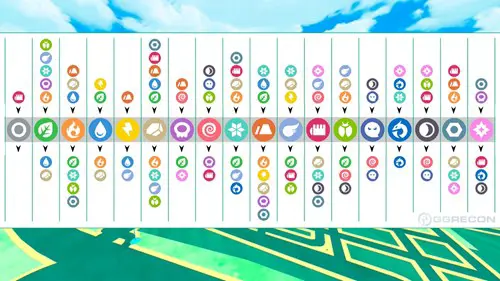
The above chart showcases each Pokemon type in the central row, with those weaknesses which are super effective against it in turn and its own particular strengths placed above and below the central row. The direction of the arrows here indicates the direction of said super effectiveness.
- For example, take a look at the Water-type symbol in the central row (fourth from the left). Water-type Pokemon will take extra damage from Electric or Grass-type attacks. Water will, in turn, do extra damage to Fire or Rock-types
- Every Pokemon type on the chart is good against another type, with the exception of Normal, which doesn't deal super-effective damage against anything, and Dragon, which is only super-effective against itself
An important thing to note is that these matchups are all single type to single type. Many Pokemon have two types, meaning that these matchups can change.
For example, Gardevoir is a dual Psychic/Fairy-type. Psychic is weak to Dark, but Fairy resists Dark, meaning Gardevoir will take a normal amount of damage from Dark-type moves. Dual-typing can also provide "double" weakness and "double" resistance - or even triple resistance in some cases.
In Pokemon GO, weaknesses and resistances are calculated through a percentage increase or decrease, and it's a bit harder to do than in the main series. This is because it's not a strict doubling or halving like the main games.
When a move hits its target, its damage is calculated based on the type matchup. Here are the percentages that damage is multiplied by under different circumstances:
| Condition | Multiplier | Example |
| Single weakness to move type | 200% | A Fire-type move hits a Grass-type |
| Double weakness to move type | 400% | A Fire-type move hits a Grass/Ice-type |
| Resistance to move type | 50% | A Fire-type move hits a Water-type |
| Double resistance to move type | 25% | A Fire-type move hits a Water/Rock-type |
| Immunity to move type | 0% | A Ground-type move hits a Flying-type |
| Resistant and weak to move type | 100% | A Bug-type move hits a Grass/Flying-type attack |
It's not an exact mathematical translation, but when calculating damage dealt on the fly, it can be easy to think of it in terms of points. Let's say a single weakness is +1 point, resistance is -1 point, and immunity is -2 points. With the help of the Pokemon type chart, a matchup can be calculated very roughly but quickly.

If a Fire-type move hits a Grass-type, that's +1, since it's a single weakness. If the target was an Abomasnow, who is a dual Grass/Ice type, that's +2, since it essentially has two weaknesses to the Fire type. It'll take "double" damage from Fire-type moves.
Again, it's not strictly double, but for all intents and purposes, it's close enough for quick calculation.
Unfortunately, one metric is left out of this equation that we have to discuss to see the whole picture: Pokemon's Same-Type Attack Bonus, a boost to damage if the move used is the same type as the user.
For example, if a Fairy-type Pokemon uses a Fairy-type move, that move will do more damage than if another type were to use it.
The STAB in Pokemon works out to a 20% increase to the move used, meaning it'll multiply the damage by 120%. This is part of the overall equation, so be sure to keep it in mind when doing a rough calculation of a type matchup.
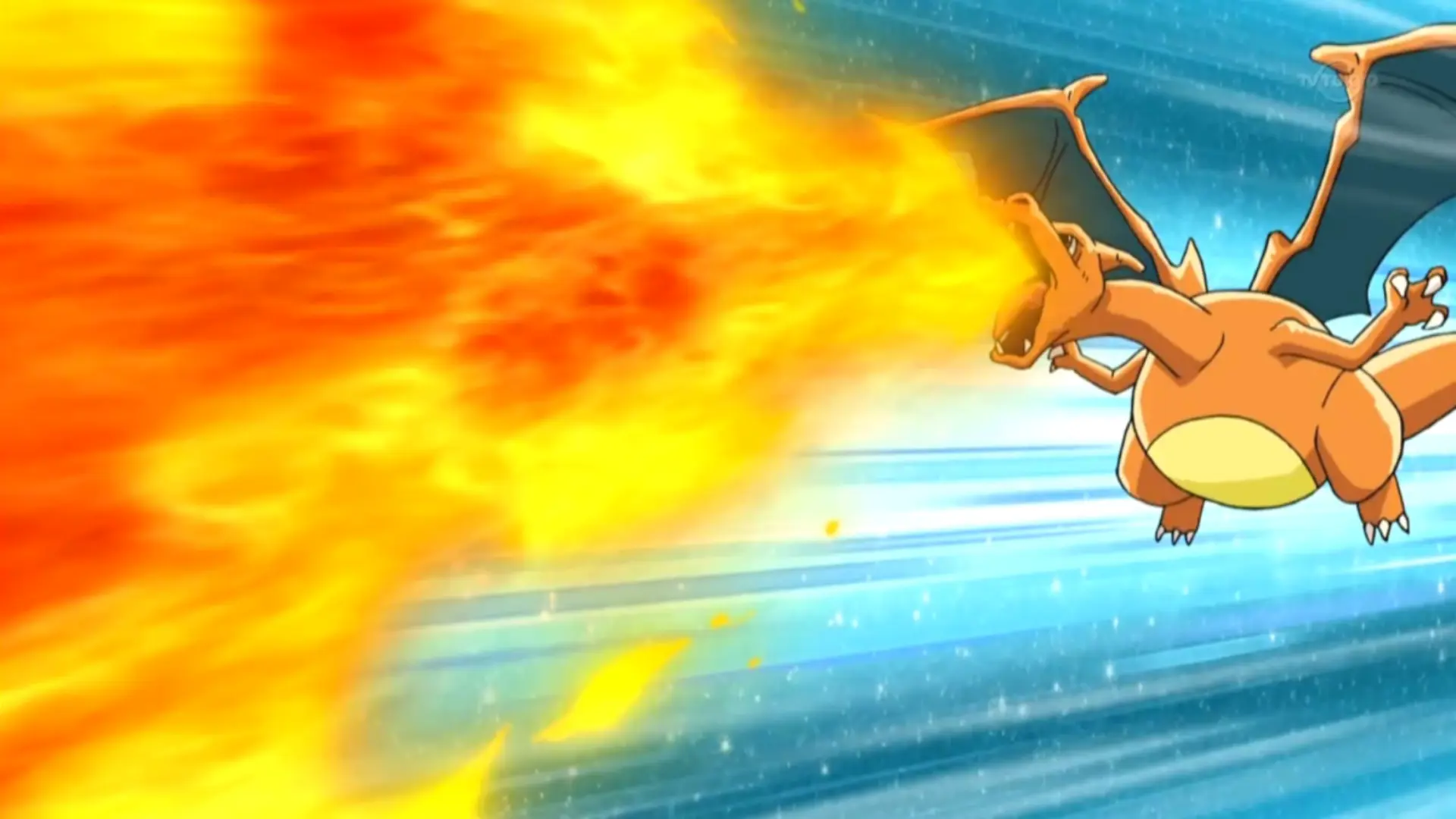
STAB is often why you'll see that some Pokemon are considered not competitively viable, or why you will sometimes see people say 'if [Pokemon] had access to [move], it'd be way better!'
Pokemon are much better when using a move of the same type. So, when a Pokemon doesn't have access to a STAB move, it'll often fall behind in competitive rankings. This isn't always a detriment, though. Some Pokemon are so powerful or capable that the STAB calculation is irrelevant.
Perhaps the best example of this is Mewtwo, who is ranked as one of the best Ice-type attackers in the game. It's capable of learning Ice Beam, but isn't an Ice-type itself. However, it's powerful enough that it can exceed the ability of some Ice-type Pokemon that benefit from STAB.
Whilst mostly dependent on the type of 'mon that you're up against, the best Pokemon types overall would have to be Fairy, Dragon, and Steel types - with the latter arguably being on top.
Even though every Pokemon type has its pros and cons, these three offer you the most edge in exchange for their weaknesses.
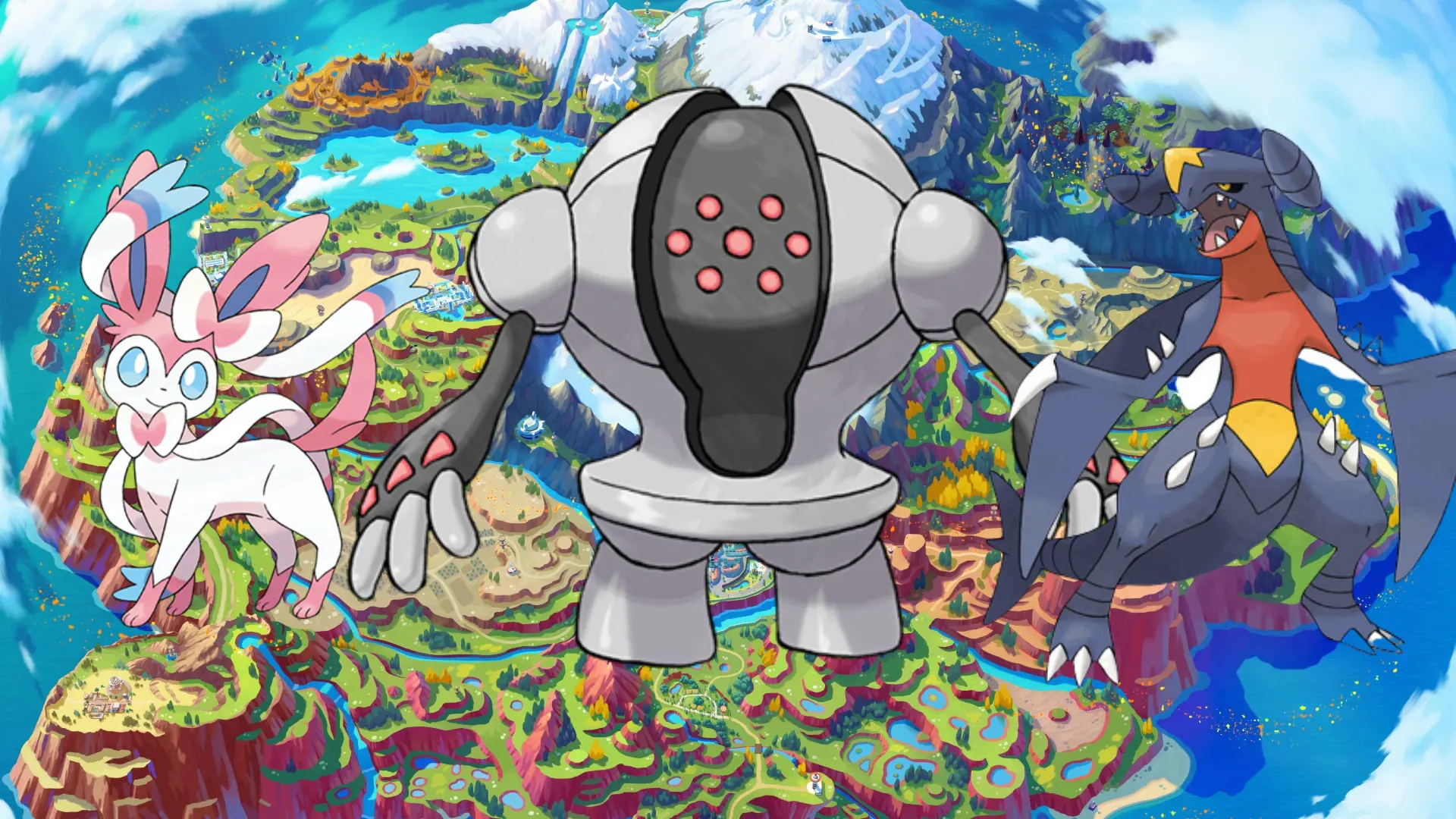
For example, the Fairy type, the newest in the franchise, brought not only a much-needed refresh to the mainline games with a strong movepool and extra weakness for Dragon types, but rejuvenated older Pokemon as well as new ones - like Jigglypuff and Clefairy changing to Fairy alongside the introduction of Sylveon and Klefki.
Speaking of Dragon types, even with the large weakness to Ice attacks and the addition of Fairy, the powerful and intimidating mystical Pocket Monsters are still a powerful type of Pokemon to not be underestimated in spite of that. Still with a share of resistance in their own right, almighty dragons like Garchomp, Haxorous, and Hydreigon also come with some of the strongest sets of Atk and Sp. Atk stats and potential movesets amongst non-legendary Pokemon.
Ultimately though, Steel is said to be the best Pokemon type in the current state of the game due to its abundance of eleven resistances, only three weaknesses, and the high defence and attacking prowess you get with most of its Pokemon.
Sure, some of the best Steel types like Registeel, Kinggambit, and Malmetal are often incredibly slow, but their incredibly high Defense, Attack, and Sp. Atk stats make them tank-like enough to get you on top regardless if you're facing the right manner of opponent.
For even more guides, be sure to visit our Pokemon homepage, or take a look at how to get all of Pokemon GO's Eeveelutions or the current Raid schedule.

About The Author
Michael Christopher
Michael is a long-time journalist who has spent years writing about games and other media. He loves writing about Pokemon, sometimes more so than actually playing it. He also plays a lot of hack 'n slash games, indie platformers, and Stardew Valley.
